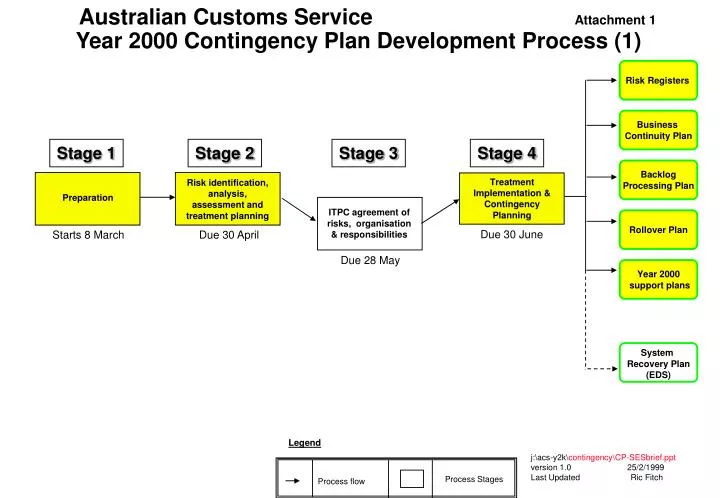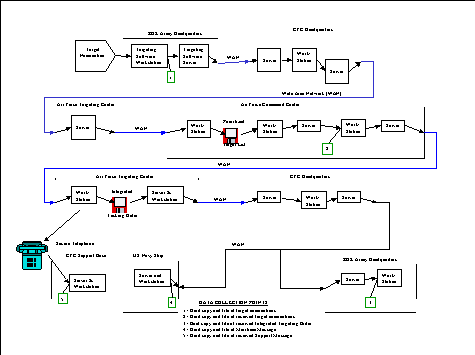

- #AUTOMATION TESTING FOR Y2K DEFECT PROCESS MANUAL#
- #AUTOMATION TESTING FOR Y2K DEFECT PROCESS SOFTWARE#
- #AUTOMATION TESTING FOR Y2K DEFECT PROCESS SERIES#
One solution to squeezing more data on each card was to eliminate the first two digits of the century code, so that 1915 would be entered as simply “15.” If there were several dates on one card, two bytes could be saved for each date. If the data could be shortened, then there would be more available space for additional information. Only 80 bytes of data (1 byte equals 1 character of data) were available. The Hollerith machines used what became the ubiquitous 80-column “IBM Hollerith cards.” Unfortunately, the 80-column cards imposed limitations on the amount of data that could be recorded on each card.
#AUTOMATION TESTING FOR Y2K DEFECT PROCESS SERIES#
Hollerith’s company (The Tabulating Machine Company), through a series of acquisitions and name changes, eventually became IBM. In 1884, Hollerith filed a patent on the punched tape system, and later the punched card system. Each column of the card could represent to a single fact, yes or no answer, or number. His system represented information as a series of holes on a punched card. Herman Hollerith was a Census Bureau employee, who developed an electronic tabulating system using punched tapes, and later punched cards.
#AUTOMATION TESTING FOR Y2K DEFECT PROCESS MANUAL#
Something had to be done to tame the flood of census data that was overwhelming the manual tabulation methods used. Census Bureau more than a decade to perform and report the results of the census, which is required by law to be taken every ten years. government was facing a data processing crisis of sorts.

There were many reasons why computer system designers and programmers abbreviated the date field, including the prevalent use of punched cards, the expense of storage, and the programming methodologies used in these early systems.

However, the bottom line was that unless the problem was fixed, the Y2K problem would have begun to manifest itself in computer errors, crashes, data corruption, or other problems. There are many reasons for this, some historical, some sociological, and some anecdotal. "The mechanics involved in making any one of these systems capable of correctly processing the Year 2000 date were fairly straightforward, but the scope of the work - identifying, fixing, and testing millions of systems and data exchange points in a global economy - was daunting." Reasons for the Y2K problem Consequently, computers could not correctly calculate the difference between a year in the 1900s and a year in the 2000s. Computers continued to assume that the prefix 19 was implied, so dates such as 00 or 01 were treated as 1900 or 1901. Computers ran into problems when required to calculate a number based on the difference in two dates, such as the interest due on a mortgage loan.

This worked smoothly until users started to input dates occurring after December 31, 1999. The number 19, indicating years in the 1900s, was implied. "The use of two digits to represent a four- digit year, and the inherent fault of '00' being interpreted as 1900 instead of 2000, was a standard programming practice throughout the computer industry that had the potential to affect millions of information systems around the world." For instance, 1968 or 1974 would be stored and processed as 68 and 74, respectively.
#AUTOMATION TESTING FOR Y2K DEFECT PROCESS SOFTWARE#
The term Y2K problem (also referred to as the "Year 2000 problem", the "Year 2000 computer bug" and the "Millennium bug") "refers to the inability of certain computer software to accurately process dates after December 31, 1999." Overview “Īt 12:01 on New Year’s morning of the year 2000, many computer systems could either fail to run or malfunction - thereby producing inaccurate results - simply because the equipment and software were not designed to accommodate the change of date to the new millennium.


 0 kommentar(er)
0 kommentar(er)
